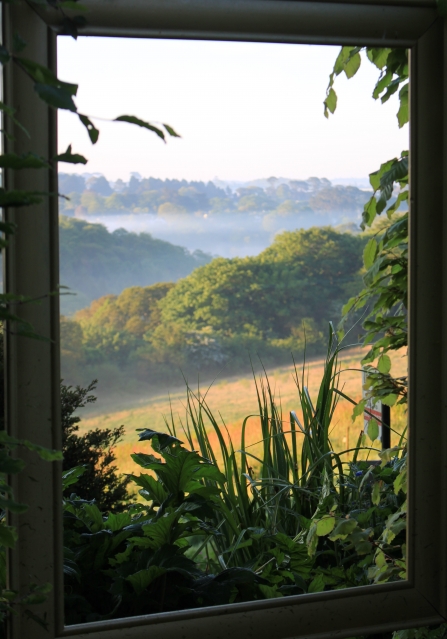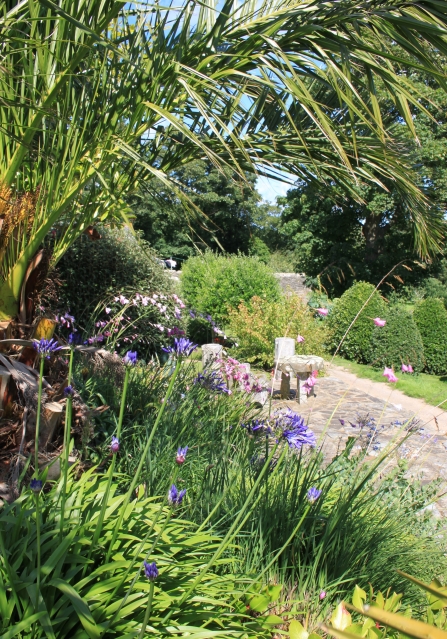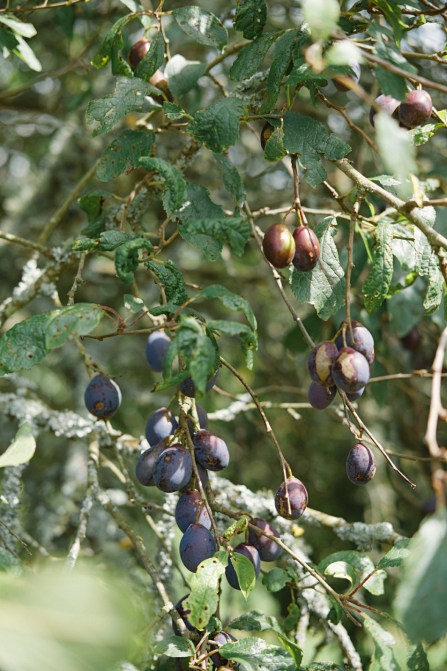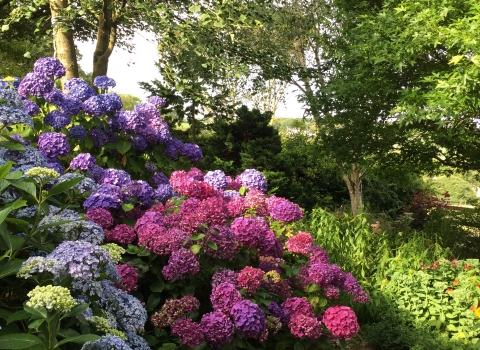
Trenarth is a sprawling garden that brings joy to wildlife and people alike. The garden was due to open to supporters this Sunday 4th of August. Trenarth would have helped to raise money for Cornwall Wildlife Trust as part of our annual Open Gardens series but due to coronavirus, has been unable to open. This week, owner Lucie Nottingham tells us all about this haven for wildlife.











